The question, "How long does a tire last?" tends to be followed by several others like, “What causes a tire to wear? When should tires be replaced? What can be done to make tires last longer?” Fortunately, we can help provide clarity around these questions.
There is no exact answer to how long a particular tire will last, but there are things a driver can do to get the most out of their tire investment and avoid driving on unsafe tires. On average, people drive between 12,000 to 15,000 miles a year, which means the average good quality all-season tire will last somewhere between three and five years, depending on maintenance, driving style and conditions, etc.
The National Highway Traffic Safety Association (NHTSA) states a driver is three times more likely to be involved in a crash caused by poor tire condition. Safer is smarter when it comes to the health of tires, so if there is ever a question on tread wear or age, have the tires checked.
Multiple factors play a role in how long a tire may remain in service. Miles driven, road conditions, driving style, maintenance and age all affect how long a tire lasts.
Worn vs. Aged
Tires naturally wear the more they are driven and worn out tires provide reduced traction compared to those with adequate tread, especially in adverse weather conditions. Most drivers understand worn out tires (remaining tread depth at or below 2/32”) should be removed from service.
Many drivers are not aware that minimally used tires, like the ones on recreational vehicles, collectible cars, or even spare tires, tend to experience aging instead of wearing, due to a lack of driving. An aged tire has a substantial amount of tread; however, the structural integrity of the tire is weaker because the tire needs to be driven for the chemicals in the rubber to remain effective.
Curbs, Potholes, and Other Hazards
Hitting curbs or driving on roads in poor condition (potholes, broken pavement, poorly graded railroad crossings, unpaved roads, etc. ) can cause misalignment, and suspension damage that affects tire wear. If your daily drive includes these challenges, be sure to schedule annual suspension, alignment and tire checks.
) can cause misalignment, and suspension damage that affects tire wear. If your daily drive includes these challenges, be sure to schedule annual suspension, alignment and tire checks.
Weather Conditions
Driving in poor weather conditions like ice, snow, and rain can cause tires to wear quicker because they must work harder to maintain traction. Purchasing tires that are specially engineered to perform in specific weather conditions can provide drivers with an extra measure of traction and control (meaning greater safety) while delivering good treadwear.
Bridgestone offers different types of tires designed to keep you and your car safe during any weather or road condition. For example, Bridgestone's Blizzak tire series is built to perform in harsh winter weather conditions providing durable traction on snowy and icy roads, and the Dueler tire series is one of several that offer a secure grip on wet road conditions for areas that experience heavy rain.
Poor Driving Habits
Poor driving habits like hard cornering, quick acceleration, and sudden braking can increase the stress on tires tremendously, causing them to wear rapidly. Drivers can extend the life of their tires significantly by avoiding aggressive driving.
Drivers can extend the life of their tires significantly by avoiding aggressive driving.
Neglected Maintenance
It is important to regularly have tires checked for damage, to maintain air pressure levels, and to keep tires aligned and rotated. Without proper maintenance, tire life can be reduced by as much as half - even more, in some cases.
If the below signs are evident with your tires, it may be time to have them replaced.
Low Tread Depth
Tread loss is a significant sign a tire needs to be replaced. Low tread is a sign driver can physically see happening on their tire. Depending on the part of the tire that is wearing, there may be other problems with the vehicle.
Pronounced inner or outer shoulder wear: tires are misaligned
Edge of the shoulder wear: tires are under-inflated, need to be rotated or both.
Center wear: tires may be overinflated or have been subjected to extremely hard acceleration.
Cupped wear: the vehicle is experiencing suspension problems
All tires have tread wear indicators built-in, but if the tread looks low take time to do the penny test on the tires.
Rough Drive
If you’re experiencing a vibration (particularly if it just started), or high (and increasing) levels of tire noise it may be a sign your tires are out of balance, not wearing properly or have a structural issue. In some cases, this may affect safety, so have your tires checked by a qualified professional asap.
DOT Number
The U.S. Department of Transportation (DOT) number on the tire’s sidewall is another way to help keep track of when they need to be replaced. It’s easy to identify - look for the letters “DOT” followed by eleven or twelve letters and numbers. On tires made after the year 2000 the final four digits signify the week and year of manufacture. So, a tire with “3618” would have been made in the 36th week or 2018. A tire that has a 3-digit week-and-year code means the tire was made before the year 2000 and should be replaced due to age.
Bridgestone recommends that its Bridgestone or Firestone brand tires be removed from service after ten years regardless of their remaining tread depth. They also recommend periodic inspections by a qualified technician for damage such as punctures, impact damage, signs of improper inflation or overloading, or other conditions resulting from the use or misuse of the tire.
Tires are both one of the largest maintenance expenses a vehicle owner is likely to face, and one of the most critical in terms of driving safety and performance. For both reasons it’s important to care for them properly. Bottom line: good maintenance and driving habits help keep drivers safe, and it saves them money by extending tire life.
Easy Does It
Tire life can be reduced by as much as half when they’re subjected to a lot of hard braking and aggressive acceleration from a standstill. Avoiding tailgating to reduce the need for frequent hard braking will increase tire life.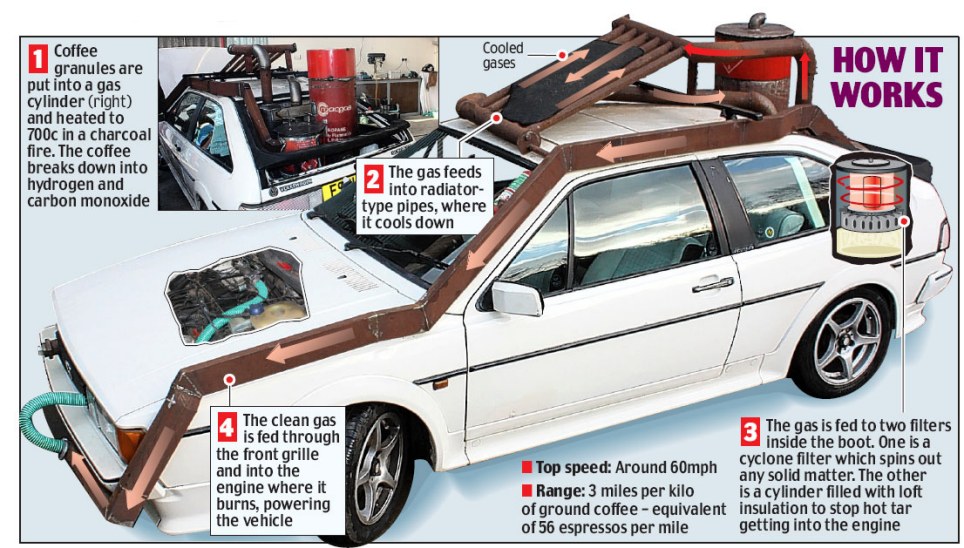 Easing into the throttle when pulling away from a stop reduces strain on the tires and improves wear. Slowing before sharp corners also reduces stress on tires, as does avoiding potholes and broken pavement when possible. If you’re interested in spending less on tires, following these steps can help.
Easing into the throttle when pulling away from a stop reduces strain on the tires and improves wear. Slowing before sharp corners also reduces stress on tires, as does avoiding potholes and broken pavement when possible. If you’re interested in spending less on tires, following these steps can help.
Regular Maintenance
Another way to extend tire life is to keep up with the proper maintenance of a vehicle and its tires. A couple of things you can do yourself are to check the air pressure and tread depth. You should have a qualified technician periodically check their balance and alignment and be sure to have tires rotated at regular intervals. maintenance is essential for your tires to perform their best and last their longest.
Tires November 3, 2019
If your tires are out of commission, so is your car. Think about it: your tires are your car’s only contact with the road. They need to be in tip-top shape to ensure your safety and the safety of other drivers on the road.
So, how long should tires last? The straightforward answer is “it depends.” A normal set of tires should last for 60,000 to 75,000 miles, or about four to five years. But there are a few key factors that will affect your tires’ lifespan. Keep scrolling to learn more.
How Long Should Tires Last? 6 Factors to Consider:1. The ManufacturerThe average tire on the market is designed to last about 60,000 miles, says Dan Zielinski, spokesman for the U.S. Tire Manufacturers Association, but every tire is different.
“Some tire manufacturers offer a warranty as high as 80,000 miles or more, reflecting confidence in that particular product’s longevity based on its engineering, technology and design. Other tires may be built to provide 30,000 miles of service.”
The type of tires you purchase also plays a role in how long they last. For example, in a study conducted by Consumer Reports, ultra-high performance tires lasted nearly half the amount of miles than family-car tires. Additionally, all-season, summer and winter tires will have different treadwear ratings and, therefore, different lifespans.
Additionally, all-season, summer and winter tires will have different treadwear ratings and, therefore, different lifespans.
Believe it or not, the vehicle on which your tires are mounted plays a role in how long they last.
SUVs and trucks put more weight on tires than a sedan, so if your vehicle isn’t outfitted with the appropriate tires, the tires might wear out faster than expected.
Other times, there isn’t a clear explanation as to why one car model’s tires last longer than another’s. According to autos.com, certain models of the Honda CRV have experienced premature tire wear and damage, increasing the risk of blowouts or accidents on the road.
3. Driving StyleEveryone knows someone who drives like they’re in a real-life version of Mario Kart. These individuals are at a higher risk for prematurely worn-out tires. If you regularly subject your vehicle to hard acceleration, heavy loads, and aggressive driving over speed bumps and potholes, your tires will take a hit.
In addition to driving style, the amount you drive each year also contributes to your tire life. On average, the American driver clocks between 13,000 and 14,000 miles a year, according to the Federal Highway Administration. Some drivers, however, drive much more or less than that.
Did you know that 81% of commuters in Fairfax County drive a car to work? That’s the highest percentage in the D.C. area! So it’s especially important for those of us in Northern Virginia to take care of our tires.
Read: Car Maintenance is Crucial for Northern Virginia Commuters. Here’s Why.
4. Where You LiveIn addition to how you drive and how much you drive, where you drive is another factor to consider when evaluating how long tires last.
Tire wear differs based on the terrain you drive and the region in which you live. Lower temperatures mean lower pressure in your tires, which can result in underinflation, flats and, ultimately, unsafe driving conditions. On the other end of the spectrum, extremely high temperatures cause the pavement to warm up, creating more friction between your tires and the road. The increase in heat emission coming from your tires can be dangerous if they aren’t inflated properly or are cracked or damaged.
On the other end of the spectrum, extremely high temperatures cause the pavement to warm up, creating more friction between your tires and the road. The increase in heat emission coming from your tires can be dangerous if they aren’t inflated properly or are cracked or damaged.
Exposure to sunlight and warmer temperatures also shortens tire life, so tires in warmer, Southern climates tend to require replacement faster.
Regardless of where you live, it’s best to avoid damaged roads, potholes and gravel roads as much as possible. Think about it this way: if it’s best for your safety, it’s most likely best for your tires, too.
5. Maintenance RoutineIf you really want your tires to last, practice proper tire maintenance. Here’s how:
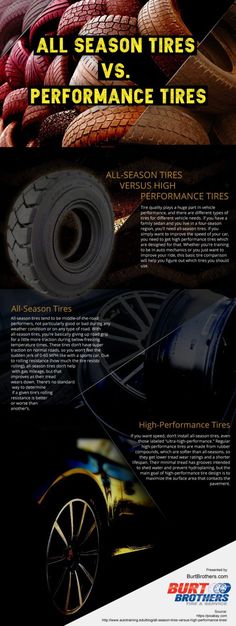 (The Tire Industry Association recommends getting a tire rotation every 5,000 to 7,000 miles.)
(The Tire Industry Association recommends getting a tire rotation every 5,000 to 7,000 miles.)Read: Tire Maintenance 101: Taking Care of Your Tire
6. Tire AgeNo matter the tread depth, if a tire is more than six years old, you should start thinking about replacement. That’s because the rubber compounds in a tire deteriorate over time, resulting in dry rot. Dry rot makes your tires more susceptible to blowouts and tread separation.
That’s because the rubber compounds in a tire deteriorate over time, resulting in dry rot. Dry rot makes your tires more susceptible to blowouts and tread separation.
Vehicle and tire manufacturers usually recommend replacing your tires if they are 6-10 years old, regardless of tread depth. But for most drivers in Northern Virginia, their tire tread will wear out before the tires get that old.
Don’t forget about your spare! Depending on how old your car is, you could be driving around with a spare tire long past its prime. If the tire is more than 10 years old, replace it.
Ready for New Tires?Bring your vehicle into Virginia Tire & Auto and we can assess the condition of your tires. If it turns out that you need a full replacement, we’ll help you choose the right tires for your vehicle and get you back on the road. You can also find tires using our online tool and schedule an appointment at your convenience.
How do you know if tires need replacing?
Tread wear indicators are located at the base of its main grooves evenly around the entire circumference of the tire. When the tread wear point is reached, these wear indicators will appear on the tire, looking like narrow strips of smooth rubber across the tread. If you see these wear lines, it means the tire is worn out and it's time to replace it. Be sure to change the tire when the remaining tread depth reaches 1.6 mm (and 4 mm for winter tires).
When the tread wear point is reached, these wear indicators will appear on the tire, looking like narrow strips of smooth rubber across the tread. If you see these wear lines, it means the tire is worn out and it's time to replace it. Be sure to change the tire when the remaining tread depth reaches 1.6 mm (and 4 mm for winter tires).
Is it safe to repair a tire after driving without pressure?
If all or almost all of the air has escaped from the tire, it is necessary to remove it from the rim and check the entire inner surface of the tire for damage. Tires that have run even a short deflated distance are often so damaged that they become unrepairable. For professional tire repair, contact a professional tire center. The best option is to always have a spare tire mounted on the rim ready. Regularly check the air pressure in it and its shape. If your vehicle has some type of temporary spare tire, check the markings on the sidewall of the tire for the correct tire pressures and speed and mileage limits.
What kind of care do tires I don't use yet need?
Tires should be stored in a cool place away from direct sunlight, heat sources and ozone such as heating pipes and power generators. Prolonged exposure to these factors can cause tire cracking. Surfaces on which tires are stored must be clean and free of grease, gasoline, and other substances that can damage tires.
If the tires are mounted on rims, they must be inflated with air to the recommended pressure, but not more than the specified pressure. If your car has been in the garage for a long time, place it on jacks or bricks to relieve the tires.
How many kilometers can I drive with my tires?
How many kilometers can I drive with my tires?
Tire tread life is affected by many factors:
• The composition of the tread rubber compound.
• Design features.
• Purpose of vehicle use.
• Tire service.
• Geographical conditions.
• Atmospheric conditions.
• Driving style.
• And so on.
It is therefore impossible to accurately predict the mileage. To prolong the life of your tires, be careful when braking, accelerating, cornering and other maneuvers. If you are not sure how soon you will need to replace your tires with new ones, please contact your nearest Authorized Michelin Retail Dealer for advice.
How long will tires last?
We do not provide a written mileage warranty for any tires supplied as original products. Due to the variety of driving styles and habits, design features, tread compound, vehicle use and geographic conditions, it is difficult to give a specific expected tire mileage before replacement.
What care is needed for new tires?
Properly maintained tires will help provide greater ride comfort and longer life and mileage. Therefore:
• Check the tire pressure monthly with a tire pressure gauge (while the tires are cold, at least 3 hours after driving).
• Inspect tires regularly for cuts, punctures, and other damage, as well as uneven or excessive wear.
• At the first sign of uneven or excessive tire tread wear, check the wheel alignment.
• When installing tires on rims, balance the wheels.
• Swap tires on your vehicle according to the schedule in your vehicle owner's manual or as specified in your manufacturer's warranty.
• For more tire maintenance tips, click here.
How do I know how old my tires are?
At least one sidewall of each tire is marked with a DOT number. This number begins with the letters "DOT" and can contain up to 12 additional letters and numbers.
The first and last characters are the most important:
• The first two letters and numbers indicate the tire manufacturer and manufacturer's code.
• Prior to 2000, the last three digits of the DOT number indicated the week (2 digits) and year (1 digit) of manufacture. Thus, if the last three digits are 439, then this tire was manufactured on the 43rd week of 1999.
• Tires manufactured after January 1, 2000 have a four-digit code at the end of the DOT number. The first two digits indicate the week of manufacture, the last two digits indicate the year of manufacture. Thus, the code 3500 indicates that this tire was manufactured in the 35th week of 2000.
How and when should tires be replaced?
RECOMMENDED
TIRE ROTATION PATTERNS Passenger and all-wheel drive SUVs
Do you recommend using sealants available on the aftermarket?
We cannot test all products currently on the market and refrain from endorsing or recommending aftermarket products for performance or tire compatibility.
Due to the fact that some products of this type can damage the inner layer of the tire, care must be taken. The long-term effect of such products is unknown (chemical reactions occurring over time, as well as under the influence of pressure and temperature).
Since some of these products may be flammable, we strongly recommend that you seek the advice of a professional tire center before using them on tires and wheels. Failure to do so may result in serious injury or death.
Be sure to read the warnings and instructions provided by the manufacturers of this product regarding its use.
We refrain from either endorsing or banning the use of such products.
Do new tires need special treatment?
New tires do not require special treatment. However, special care should be taken when riding until you get used to them. You can feel the difference in acceleration, braking, cornering, and possibly on wet roads.
The date of installation on the car can be considered the date of counting the "age" of the tire.
It is from the moment the tire is mounted on the rim that it begins to be subjected to real loads - stretching of materials and air pressure. After the wheel assembly is installed on the vehicle, these factors are added to the weight of the vehicle, the impact of the roadway, as well as all the variety of different loads experienced by the tire during daily operation.
*Studies conducted by the Korean Department of Customer and ADAC - The German Motorist Organization.
*This conclusion is valid only in case of strict observance of tire storage conditions.
*Michelin does not recommend using tires older than 10 years from date of manufacture.
*Studies and recommendations are valid for passenger car, light truck and off-road tyres.
"Aging" - a factor of time or operating conditions?
Michelin conducted this study to clarify the issue of tire aging, as there is a misunderstanding in the market today about which tires can be considered "old".
Answering the most popular questions from consumers, the company noted that the “aging” of tires is primarily not a temporary process, but an operational one. Therefore, to evaluate the characteristics of tires, it is not the date of their manufacture that is important, but the date of installation on the car and the time and operating conditions resulting from it.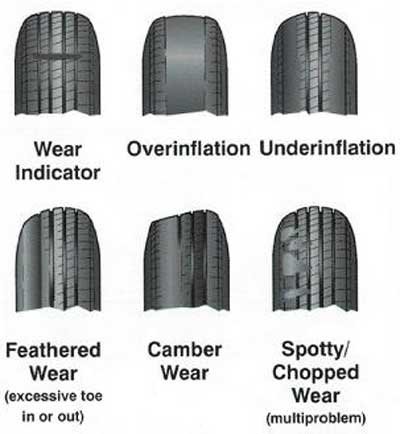
Tires are subjected to air pressure and mechanical stress when mounted on a rim and vehicle. When properly stored (according to the manufacturer's recommendations), the tires are only affected by small temperature fluctuations in the storage area.
Is there such a process as the "aging" of tires?
Studies show no significant difference in the performance of a newly produced tire and a tire manufactured three years ago*.
Can substances be used to clean and improve the appearance of tires?
We recommend using a soft brush and mild detergent to clean tires. Substances containing petroleum products or alcohol can accelerate the aging process of rubber and cause it to crack.
Michelin refrains from recommending the use of conditioners available on the car care market. The effect of exposure to such products is not known as it is not possible to test all products currently on the market.
Does driving style affect tire life?
Yes.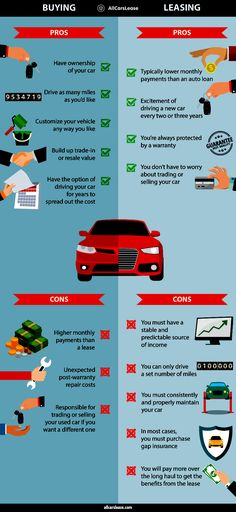 Here are some tips to increase the life of your tires:
Here are some tips to increase the life of your tires:
• Drive safely and do not exceed the official speed limit.
• Avoid sharp vehicle turns.
• Avoid abrupt starting and emergency braking.
• Do not run over a curb or drive over curbs, potholes or other obstacles.
For further driving tips, such as seasonal driving information, click here.
Can I mount a tire on a rim myself?
Never attempt to install a tire on a rim yourself. To perform tire fitting, you must have the appropriate equipment and experience. If you attempt to do this work yourself, you run the risk of serious injury and damage to the tire and rim.
Where is the DOT marking on the tire and what does it mean?
Where is the DOT marking on the tire and what does it mean?
The three letters "DOT" on the sidewall indicate that the tire meets US Department of Transportation safety standards and is approved for use on highways.
Example:
DOT M5h4 459X 0605
After the inscription "DOT" comes an alphanumeric code of 12 characters. The first two characters after "DOT" identify the tire manufacturer and manufacturer's code. The next 6 characters is a code defined by each manufacturer and indicates the internal coding. The ninth and tenth characters correspond to the week the tire was made. The last digit (or digits) indicates the year the tire was manufactured. The marking in the example means that the tire was manufactured in the 6th week of 2005.
The first two characters after "DOT" identify the tire manufacturer and manufacturer's code. The next 6 characters is a code defined by each manufacturer and indicates the internal coding. The ninth and tenth characters correspond to the week the tire was made. The last digit (or digits) indicates the year the tire was manufactured. The marking in the example means that the tire was manufactured in the 6th week of 2005.
1. Brand Name
2. Mud+Snow
3. Winter Tested Badge
4. Tire Original Equipment Badge
(Porsche mark shown)
5. Product line name
6. International conformity (ECE mark shown)
7. DOT mark followed by tire identification number
9. Tire size designation (Eurometric system shown)
10. Load and speed indexes
11. Tire materials
Where are your tires manufactured?
MICHELIN tires are manufactured in 68 factories in 17 countries.
You can be sure that no matter where the tires are made, they are manufactured to the exact standards that have made our products one of the benchmarks in the industry.
What is speed index?
The tire speed index indicates the maximum allowable speed at which the tire can carry a load under specified operating conditions. The speed index designation system was developed in Europe in response to the need to classify tires according to standardized speed values. Letters from A to Z indicate the permitted speed: from 5 km/h to above 300 km/h.
What is a directional tread pattern?
Tires with a directional tread pattern must be installed so that the main direction of rotation of the tire is in line with the direction arrow on the sidewall of the tire.
What instructions must be followed when combining different tires on a four-wheel drive vehicle?
If the owner's manual for the vehicle does not indicate the use of different tires in combination, the following rules must be observed:
• Do not mix tires of different sizes. All four tires must be from the same brand and be the same size.
All four tires must be from the same brand and be the same size.
• Do not mix radial and bias tyres. All four tires must be either radial or diagonal.
• The outer circumference of all four tires must not differ from one another by more than one (1) inch.
• Do not mix tires with different tread patterns.
Winter came - change your shoes and go. This rule is familiar to all drivers. However, with the advent of studded car tires, it had to be replaced with a new version: “Change your shoes, break in the tires and go wherever you want.” After all, even very expensive tires will let you down without running in - no manufacturer can guarantee uniform immersion of the studs into the tread. Therefore, every driver must learn the rules for changing seasonal tires and the subsequent running in of a winter or summer model.
As a general rule, summer tires are exchanged for winter car shoes with the first cold snap, when the temperature drops below +7 °C. This recommendation is followed by both Europeans and Americans. After all, the summer tread loses elasticity even before the onset of serious frosts. Therefore, in place of hard tires for the warm season, soft models for winter are put on car rims.
This recommendation is followed by both Europeans and Americans. After all, the summer tread loses elasticity even before the onset of serious frosts. Therefore, in place of hard tires for the warm season, soft models for winter are put on car rims.
Winter tires can be studded and smooth. According to the tread pattern, models for winter are divided into European (with a V-shaped notch) and Scandinavian (with diamonds and squares) options.
Smooth European-style Velcro is chosen by residents of the southern regions or city dwellers living in the neighborhood with a well-established public service. They are designed for clean asphalt. The studded version is needed for driving on packed snow and icy roads. On such a track, a studded tire reduces braking distances by 25-30% and improves handling during difficult maneuvers, sharp turns or fast lane changes.
Running in studded tires is a mandatory procedure recommended by all winter tire manufacturers. The reason for this recommendation is hidden in the technological miscalculation - no manufacturer can insert studs into the tread, maintaining the same depth of immersion. And although the spread in the height of the stud above the tread level does not exceed hundredths of a millimeter, this defect is enough to reduce the driving characteristics and controllability of the car.
The reason for this recommendation is hidden in the technological miscalculation - no manufacturer can insert studs into the tread, maintaining the same depth of immersion. And although the spread in the height of the stud above the tread level does not exceed hundredths of a millimeter, this defect is enough to reduce the driving characteristics and controllability of the car.
To avoid trouble on the road, the driver will have to run in a studded tire while driving on a winter road at low speed and without sudden maneuvers. Under the weight of the car and passengers, the spikes will fall into place, after which the driver can forget about all the restrictions and return to his usual driving style.
If you haven't experienced studded driving, running in will help you get used to the new acceleration and braking dynamics.
 The correct weather for running in: light frost in the morning and evening, with positive temperatures during the day.
The correct weather for running in: light frost in the morning and evening, with positive temperatures during the day. If you forgot to record the odometer reading - do not worry, you can track the duration of adaptation, focusing on the break-in indicator.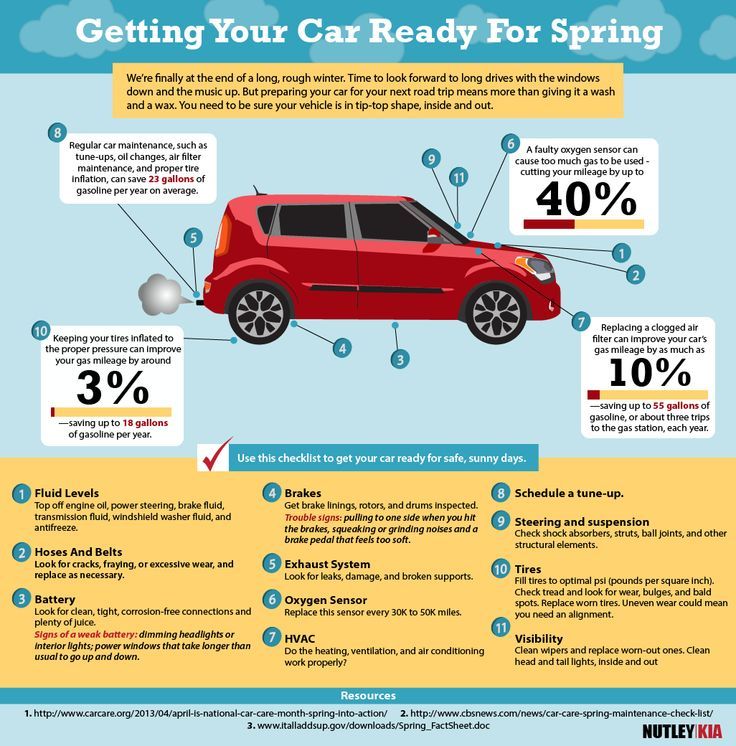 On any new studded tire, you can see the indicator notch that surrounds the metal insert. When the indicator wears off on the asphalt, studded tires are considered ready for long trips.
On any new studded tire, you can see the indicator notch that surrounds the metal insert. When the indicator wears off on the asphalt, studded tires are considered ready for long trips.
The process of monitoring the indicator involves a thorough inspection of the tread. You can get additional benefit from this action by cleaning the tread with new spikes from pebbles and other foreign objects stuck in the cut. In addition, another control operation can be timed to the inspection of the indicator - checking the tire pressure.
If you are wearing a studded model, the tire pressure must be within the manufacturer's recommended pressure range. Too much or too little pressure causes the studs to fall out at the center or edges of the tread. Such a wheel is erased to the "bald head" during one winter season. A properly inflated tire will last 3-4 winters.
The correct pressure is determined by the vehicle manufacturer.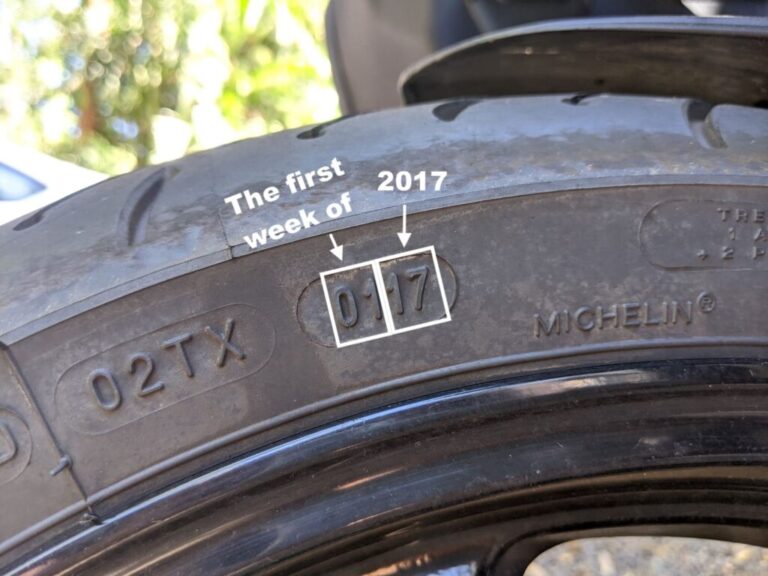 Controllability, cross-country ability and even fuel consumption depend on this indicator. Therefore, the correct pressure depends on the weight of the machine, the permissible speed and even the time of year.
Controllability, cross-country ability and even fuel consumption depend on this indicator. Therefore, the correct pressure depends on the weight of the machine, the permissible speed and even the time of year.
The correct tire pressure can be found in the manufacturer's manual or on a decal affixed under the gas cap or on the driver's door pillar. Moreover, this indicator is tied to the dimensions of the tire (diameter and width), the expected load and whether the wheel belongs to the front or rear axle.
Therefore, several values \u200b\u200bare indicated in the table (in bar or kgf / cm2) and if you are going to break in tires in winter, you will not only have to pump up the tire to the correct pressure, but check this indicator at least once a week using a pressure gauge. Otherwise, the studded tread will lose most of the metal elements and will not be able to keep the car on ice.
Too much or too little pressure causes the tread indicators to wear unevenly.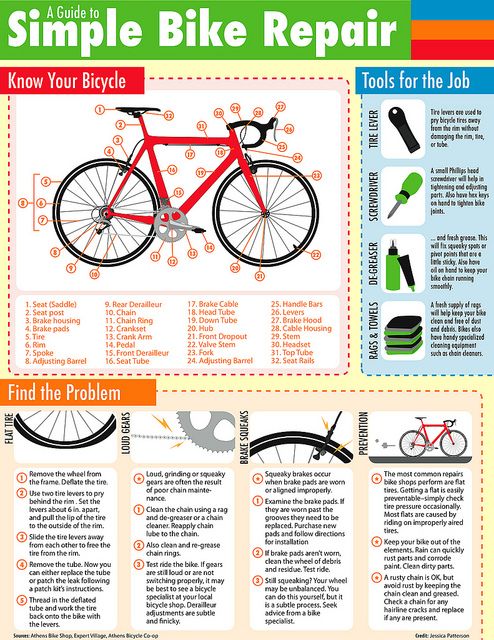
Winter Drive protection
Tires Goodyear UltraGrip Arctic 2 SUV
Winter Drive protection
Rating:
4.5
Tires Goodyear UltraGrip 600
Winter Drive Protection Sound Comfort
Rating:
4.5
Tires Goodyear UltraGrip Ice Arctic
Winter Drive protection
Tires Goodyear UltraGrip Arctic 2
Winter Drive Protection Sound Comfort
Rating:
4. 5
5
Tires Goodyear UltraGrip Ice Arctic SUV
Winter
Rating:
4
Tires Goodyear Cargo UltraGrip 2
Even if you can boast of the right driving style, without skidding, slipping and other extreme sports, when choosing a route for running in a studded tread, you will have to follow these recommendations:
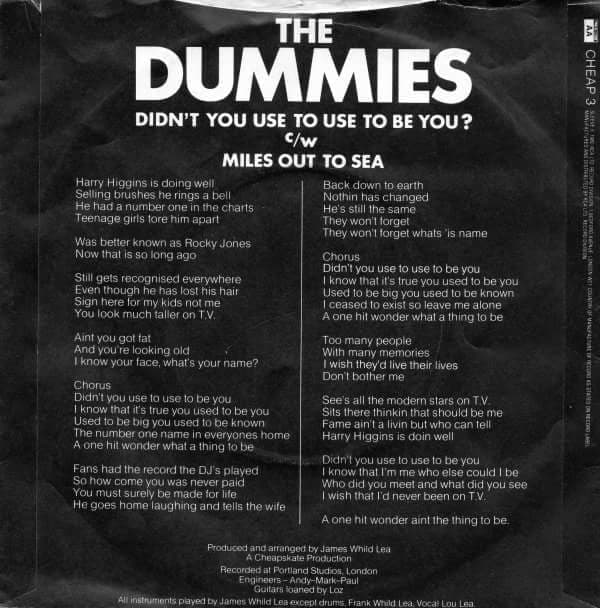
Of course, such ideal road conditions are found only in large metropolitan areas, but a good road can also be found in the regions. Therefore, try to erase the indicator on such a coating. In this case, the studded tread will last you twice as long as the rubber run in potholes and pits.
The use of new rubber compounds in tires reduces the period of adaptation of tires to the road, but neither winter nor summer tires can do without a break-in. True, for summer wheels, the adaptation period is 2-5 times shorter than for the winter version.
If you want to break in a new tire in winter, according to the rules, you will have to drive at a speed of up to 60 km / h for at least 500 kilometers, spending 8-9hours. Summer rules are not as strict as winter recommendations: the speed limit is increased to 80-100 km/h, and the recommended distance is reduced to 100-200 kilometers. As a result, winter rules suggest erasing the indicator in 8-9 hours, and summer recommendations - in 1-3 hours.
Regarding the requirements for driving style, the rules are unanimous - during the break-in of new tires, the driver must maintain a calm driving style.
To summarize all the break-in rules, the final recommendations can be reduced to three pieces of advice:
If you don't know where the wear indicator is located, ask your auto parts and accessories store manager. If you are afraid to make a mistake when checking the pressure - do not trust your pressure gauge, contact any car service.